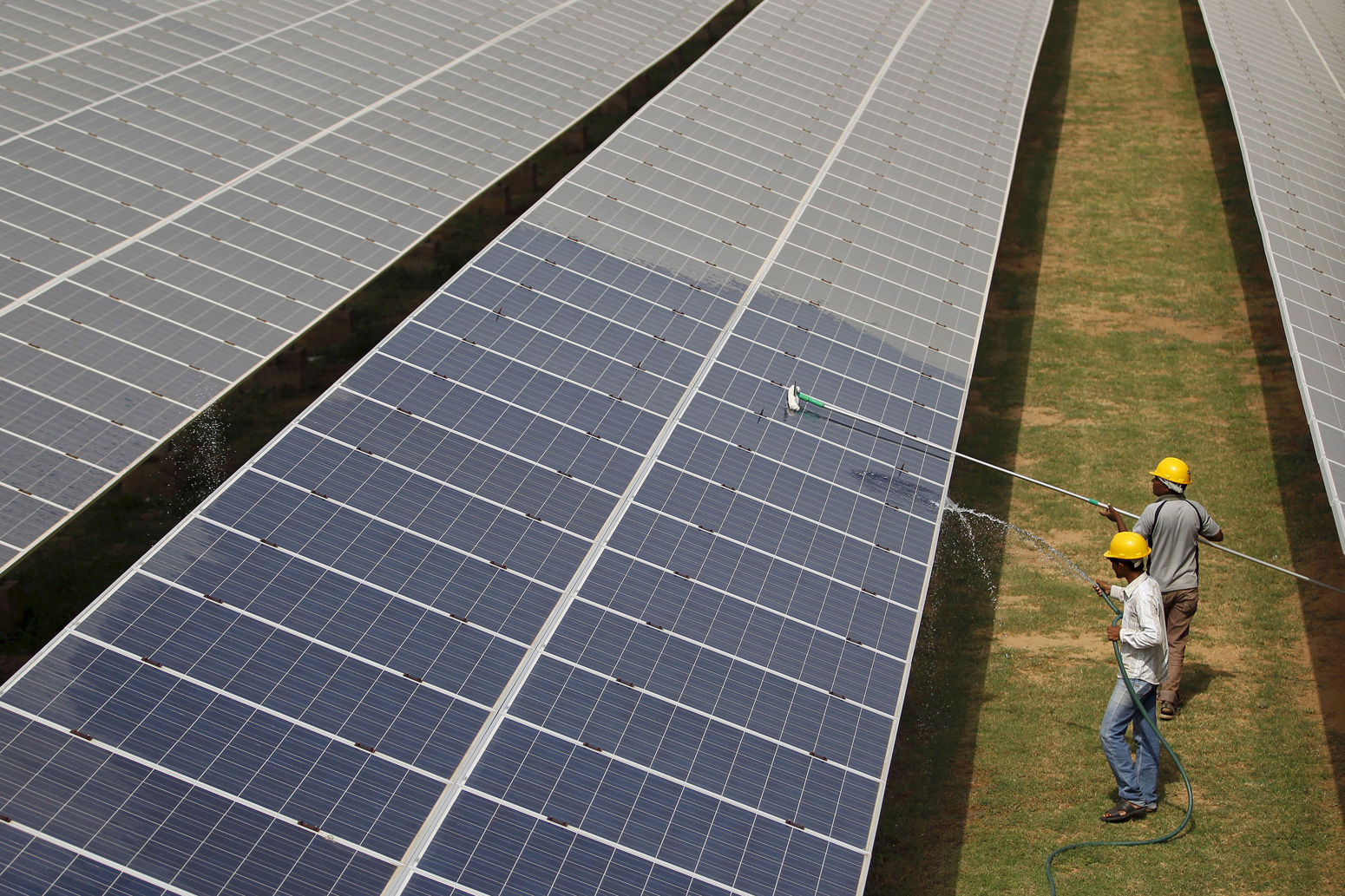My understanding is that without any subsidy, but also ignoring the costs of intermittent supply, in the context of low borrowing costs, and with lots of other qualifiers, solar electricity is cheaper than other sources.
One could very reasonably argue that all of the qualifiers to the statement make it BS. IMHO we should rather consider these qualifiers as helping to understand that solar is not the answer to everything, but rather a very valuable tool for some applications.
In theory, solar with energy storage could provide for all our energy needs. But even if solar PV production has become cheap, energy storage has not. And even if a 25 year PV life is a reasonable expectation, a 25 year cell life in a battery plant is not. IMHO solar with energy storage is not currently an economically viable dispatchable energy source.
Solar PV systems do not produce power when the sun isn't shining. But humans use more energy when the sun is shining. So for _part_ of our energy supply solar PV without energy storage is certainly viable.
Looking at the solar energy cost data, IMHO the direction we _should_ be taking is not 'grid tied solar using the grid as a free battery', but rather solar powered applications where the energy consumption is matched to the production. Air conditioning is an example in some locations. EV charging is another, since the application requires a battery.
If you need hydrogen as a feedstock, electrolytic hydrogen does not currently compete with hydrogen from cheap natural gas, but we are approaching the break-even point. Electrolytic hydrogen production could ramp very quickly to match available solar.
IMHO trying to fit non-dispatchable resources into a non-dispatchable energy use model is a recipe for failure. If you want electricity available whenever you wish, then you need a supply that you can turn on and off whenever needed. But if your _loads_ are dispatchable than you can much better tolerate/use non-dispatchable resources.
-Jon


